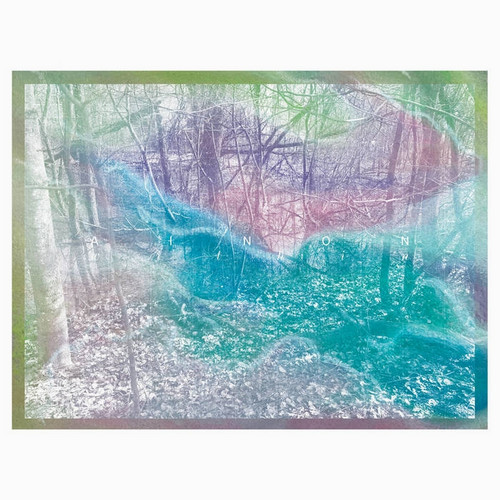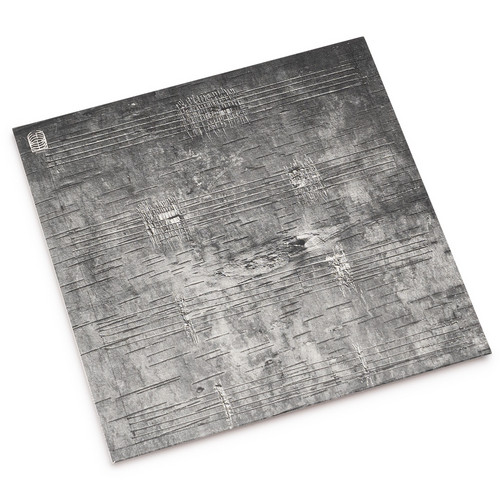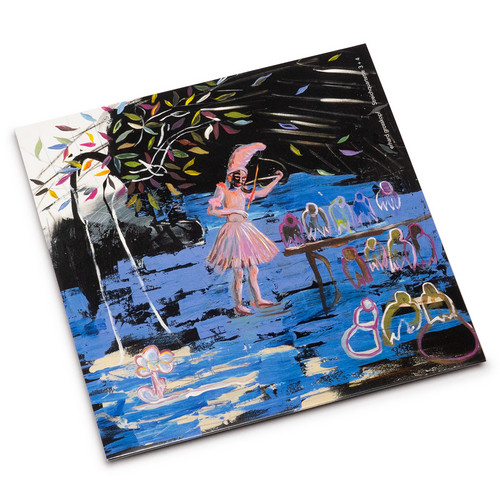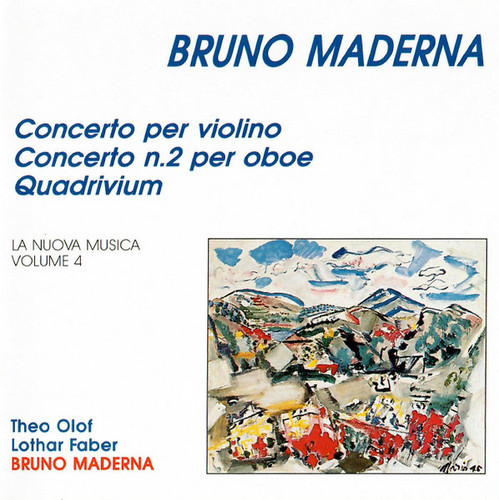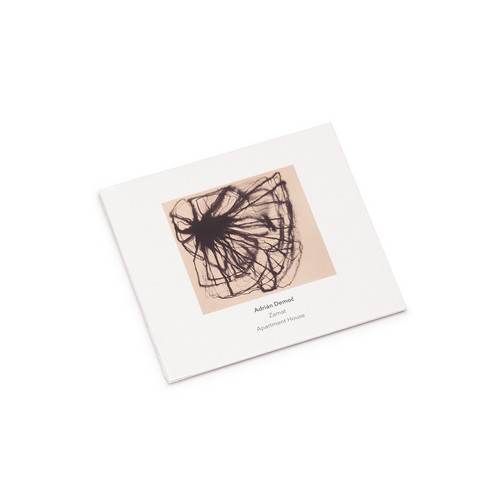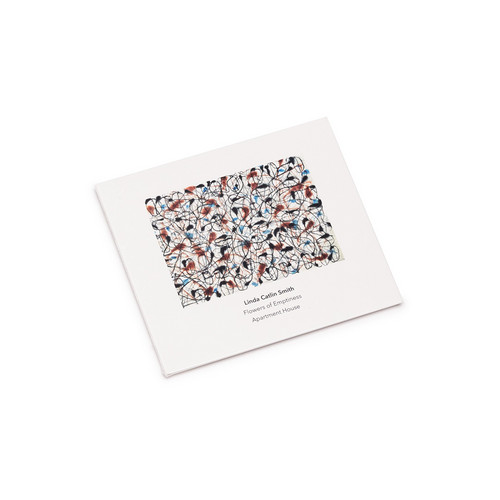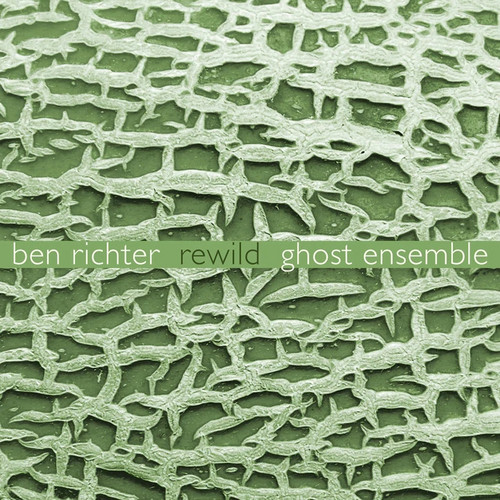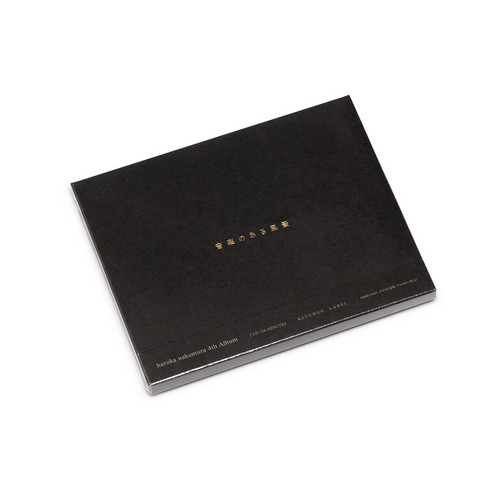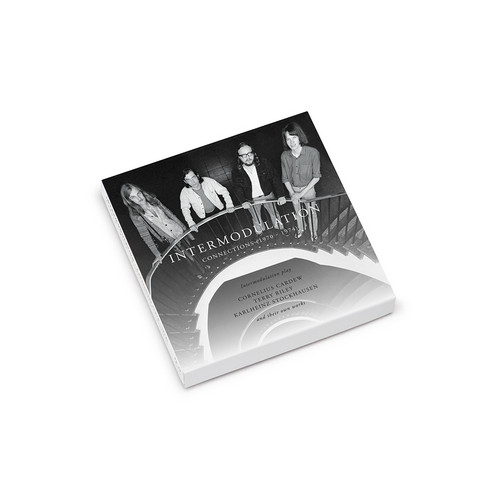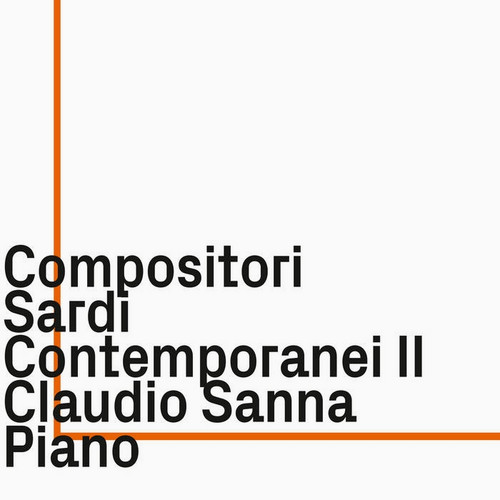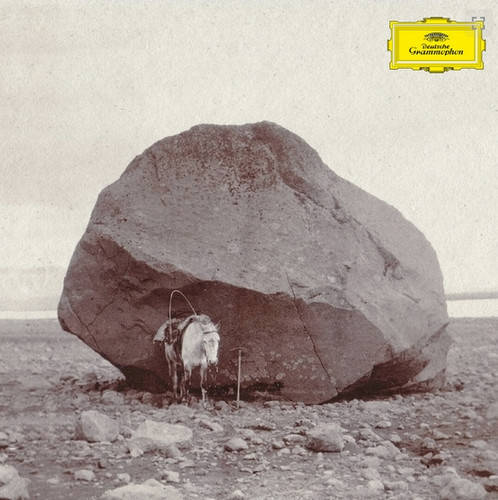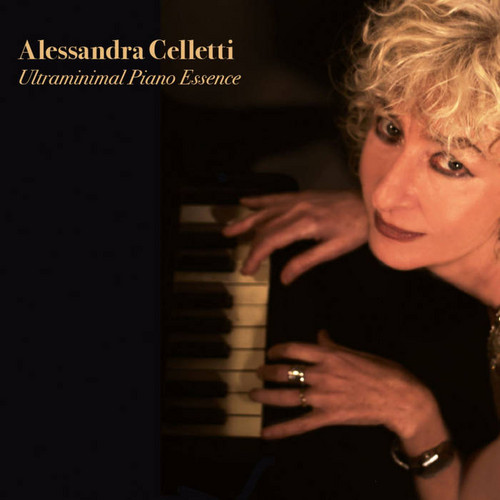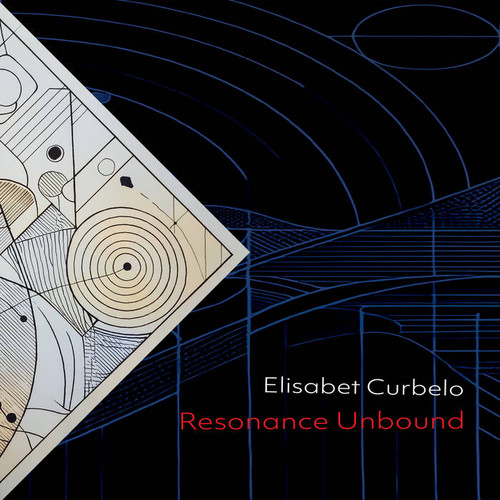Julius Eastman Vol. 1: Femenine
2024 Stock. Out now, Los Angeles-based musical collective, Julius Eastman Vol. 1: Femenine is the opening entry in Wild Up’s multi-volume anthology celebrating Julius Eastman, the late composer whose amalgamated musical vision was repeatedly dismissed during its day, but is now being unearthed to critical acclaim. Championed by The New York Times for their “boisterously theatrical sensibility,” Wild Up slowly comes alive inside this recording of “Femenine,” the epitome of Eastman’s longform “org…
Within
Ainon, a Helsinki-based ensemble founded by cellist-composer Aino Juutilainen, returns on We Jazz with their second album, out 6th September. On Within, the four-piece plays music influenced by jazz, contemporary music and classical music, all morphed together into a highly inspired musical vision that echoes the legacy of the likes of Abdul Wadud and Jimmy Giuffre. The music of Ainon might be best described as "avantgarde chamber jazz", with original compositions and the individual voices of th…
Politique du silence
"When I discovered the simple and powerful black and white pictures by Valéry Lorenzo, in the 90s, I immediately fell in love with them. We became good friends and since then I ask him to let me use one of his photos for most of my album covers, or to make my portrait for press shots. It has become a real collaboration, music and images, for more than 25 years. It was then logical to ask him again for the cover of this box set, like a gentle reflection on my piano and strings era. It's a true ho…
Onimikìg
Timothy Archambault’s unaccompanied flute pieces for this album have been inspired by Indigenous brontomancy (divination by thunder). Each piece highlights a different extended flute technique metaphorically related to types of thunder sounds: claps, peals, rolls, rumbles, inversions, and CG (cloud-to-ground). The Indigenous flute used in this recording is made of cedar respective to the traditional woods used by the Kichesipirini and other tribes who live along the Ottawa & Saint Lawrence River…
Selected Works For Piano And/Or Sound-Producing Media
”The earliest and still predominant influences on my conceptual attitude toward art were the works of Alexander Calder and Jackson Pollock ... the integral but unpredictable ‘floating’ variations of a mobile, and the contextual ‘rightness’ of the results of Pollock’s directness and spontaneity in relation to the materials and his particular image of the work…as a total space (of time).”
Earle Brown’s influence on the avant-garde community has been philosophical as well as tangible and practica…
Streichquartette 3 + 4
Major contemporary composer finally getting the vinyl treatment he deserves! Grosskopf has been a key figure in the Berlin new music scene since the 70s - his string quartets are precise, luminous constructions that breathe and pulse with an inner logic all their own.
Concerto Per Violino / Concerto N.2 Per Oboe / Quadrivium
*2024 stock* Three recordings of three different performances from the 60's written and directed by Bruno Maderna.
Zamat
Adrián Demoč writes "gentle and soft, non-violent music." The Slovak composer, based in Spain, reduces chamber music down to near-monody—single melodic lines articulated through subtle timbral shifts and microtonal deviations. Zamat, his fourth Another Timbre release, presents three chamber works where Apartment House navigates music that moves "back and forth on the spot between a handful of notes." The title track—zamat means "velvet" in Slovak—deploys clarinet, bass clarinet, viola, and cello…
Flowers of Emptiness
"Maybe I'm like a still life painter," Linda Catlin Smith says, "looking at the same objects again and again over the years." Yet this survey of chamber works—spanning 1986 to 2024—shows a composer whose perspectives continually shift, finding something fresh in each iteration. Hers is "a compositional voice that never shouts, never draws undue attention to itself, yet creates music of compelling beauty." The Guardian awarded five stars, placing it #3 in their Top Classical Releases of 2024.
Apa…
Dawnings
Anglo-German composer Eden Lonsdale returns to Another Timbre with an ambitious double album that represents his most mature and expansive work to date. Following the critical success of Clear and Hazy Moons, Lonsdale presents five major compositions that explore the boundaries of chamber music through rigorous formal constraints, microtonal explorations, and an extraordinary attention to harmonic metamorphosis.
The first disc, performed by the acclaimed Apartment House, features three pieces fo…
Rewild
Inspired by the perspectives and timescales of nonhuman beings and distant orders of magnitude in the universe of life, Rewild seeks new strata in musical parameters, exploring the uncanny zones at which pitch becomes rhythm, harmonic interval becomes beating rate, and timbres morph over time. Like a giant body or ecosystem slowly breathing, Rewild’s constantly transforming sound-world orients temporal perception toward global listening. By offering an aural metaphor for the interacting gradual …
Ongaku No Aru Fuukei
“Dead of winter, a hidden chapel, silent prayers echoing.” We first introduced Haruka Nakamura’s first full-length piano-based album ‘Twilight’ in 2010. The studio-recorded album was extolled and acclaimed by fans and critics alike in Japan. Building on the strengths and success of its predecessor, haruka nakamura returns with this one, a 2 CD 106 minutes collection entitled ‘Ongaku no Aru Fuukei’ (English Translation: Music with scenery). Recorded at concert hall ‘sonorium’ in Tokyo, the album …
Twilight (Deluxe Edition)
Twilight was Haruka Nakamura’s second album, released in the summer of 2010. The album spawned the Haruka Nakamura classics such as twilight, ongaku no aru guukei, curtain call, faraway and hikari. Upon release it was seen (and still is) as a haruka nakamura masterpiece. twilight marks a milestone not only for the artist but also remains the best-selling album on Kitchen. Label in over a decade. Recorded in a studio overlooking the ocean as a tribute to the sight of the expiring sun falling slow…
Connections (1970-1974)
Formed in Cambridge in 1969 by Tim Souster and Roger Smalley, Intermodulation started out as a 4 piece group with the addition of Robin Thompson and Andrew Powell (who soon moved on to other Cambridge projects, including a pre Chris Cutler Henry Cow). Powell was replaced by Peter Britton, and this incarnation of the group remained for the duration of their existence.
Having releasing a box set of works by Gentle Fire it felt necessary to do the same with Intermodulation and thus complete the ot…
Compositori Sardi Contemporanei II
"Today’s wine tasting is once again hosted by sommelier Claudio Sanna. He presents more local Sardinian varieties with a round of flights, much like the 2022 release Compositori Sardi Contemporanei. Instead of grape cultivars and vintner, Sanna presents multiple composers and performers for you to sample, not with your tongue but your ears. Just like a wine tasting experience, these tracks are a sample of the rich and fertile Sardinian landscape of creative musicians." – Mark Corroto
Inhabit
"inhabit" the second release by Stefan Prins on Sub Rosa, brings together four recent, large-scale compositions in which traditional instruments-from bass woodwind trio to electric guitar and symphonic orchestra-merge seamlessly with electronics, feedback, and field recordings. 'inhabit' once again serves as a testament to how Prins, whose work is performed worldwide by some of the most celebrated musicians, ensembles, and orchestras, continues to stay attuned to the pulse of contemporary music.…
Galgenlieder à 3
In Galgenlieder à 3, Christian Morgenstern’s whimsical Galgenlieder merge brilliantly with the haunting musical language of Sofia Gubaidulina. This unique song cycle, consisting of voice, percussion and double bass, brings Morgenstern’s playful and surreal poetry to life. Gubaidulina’s composition captures the essence of each poem through various expressive techniques, from normal singing to whispering and chanting. With imaginative interludes and an inventive use of motifs and intervals, this w…
Longer shadows, softer stones
Icelandic composer Snorri Hallgrímsson releases "Longer Shadows, Softer Stones", his debut for Deutsche Grammophon. The EP will be released on 180g vinyl and contains six tracks written and produced by him. The multi-instrumentalist Hallgrímsson, who has already impressed with his skillful reinterpretations of works by Satie, Schumann and Boulanger, takes on the vocals and plays piano as well as electronic elements. He is supported by strings from the Reykjavík Orchestra under the direction of V…
Ultraminimal Piano Essence
*Limited edition - 1st press of 118 audiophile CDr ephemerals* Defined as "the best secret of Italian music" (Gigi Razete-La Repubblica) Celletti actually has over 20 record albums under her belt with English and American labels, concerts all over the world and millions of listens on Spotify. Graduated from the Santa Cecilia Conservatory in Rome, she comes from a classical background, but her inclination to experiment has broadened her experiences with forays into rock, avant-garde and electroni…
Resonance Unbound
With Elisabet Curbelo as your travel guide, you may hear the world in a whole new light. Her debut album, Resonance Unbound, invites you to expand your aural imagination and follow in her musical footsteps through places she has lived including the Canary Islands; Madrid, Spain; Istanbul, Turkey; and San Diego. This album is a sonic exploration of her nomadic life, where diverse influences manifest through words, sonorities, instrumental resonances, organic shapes, and the resonant chorus of urb…

